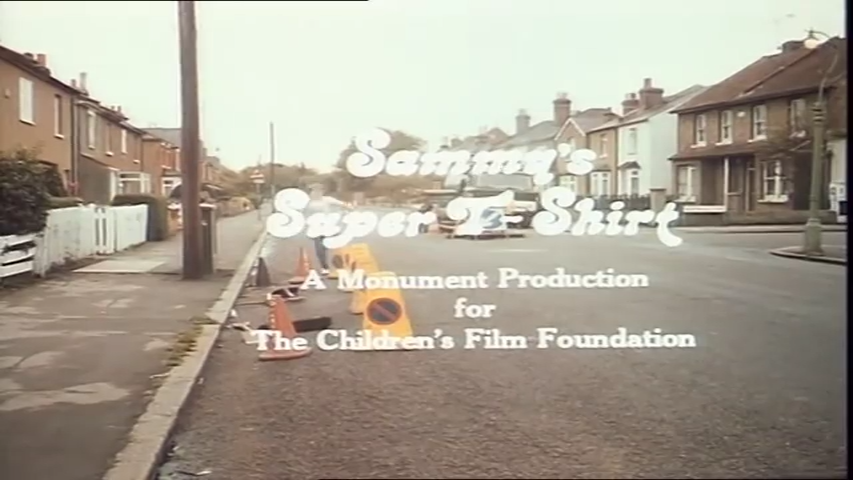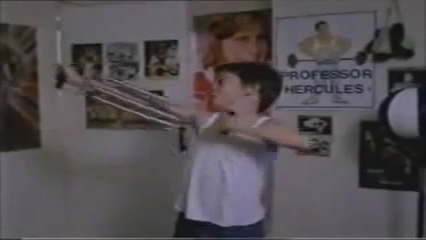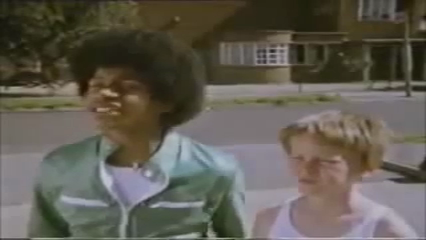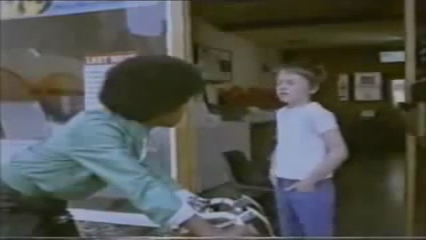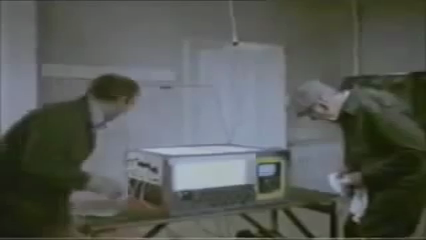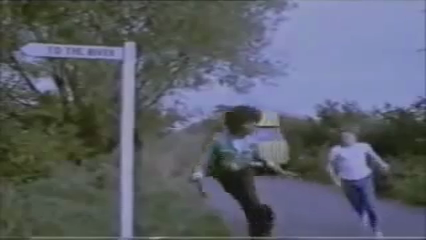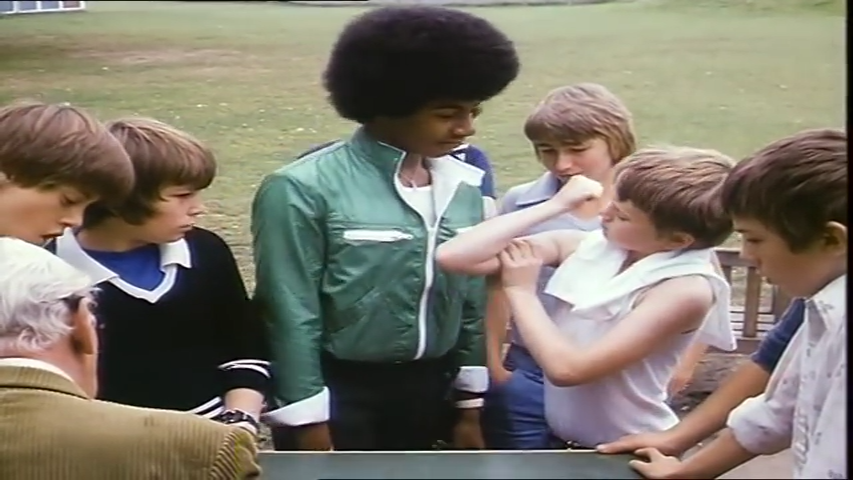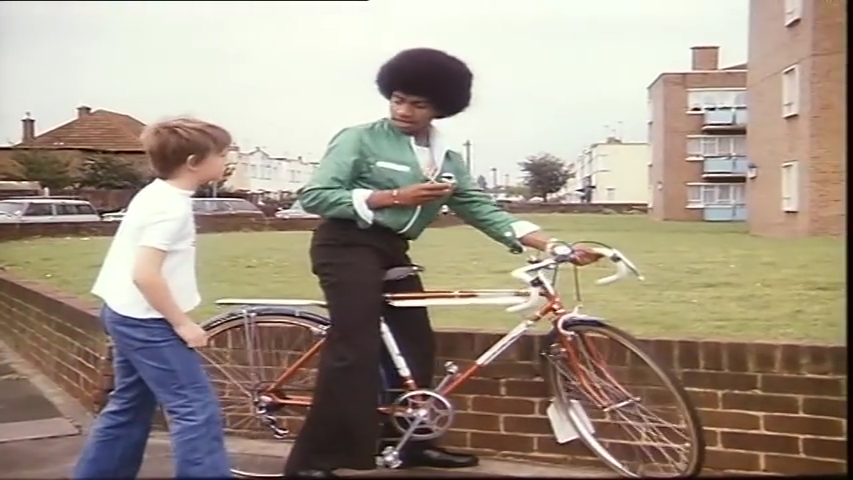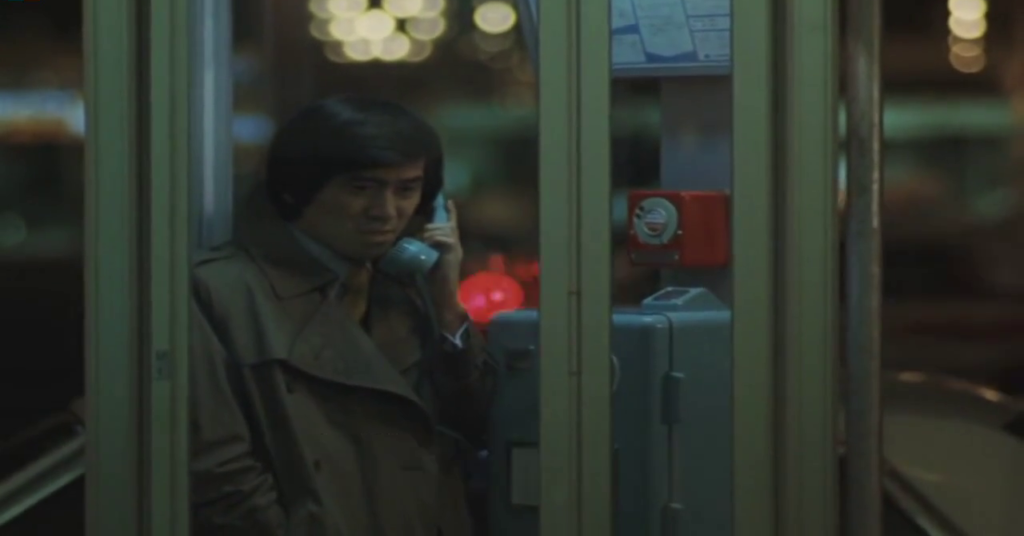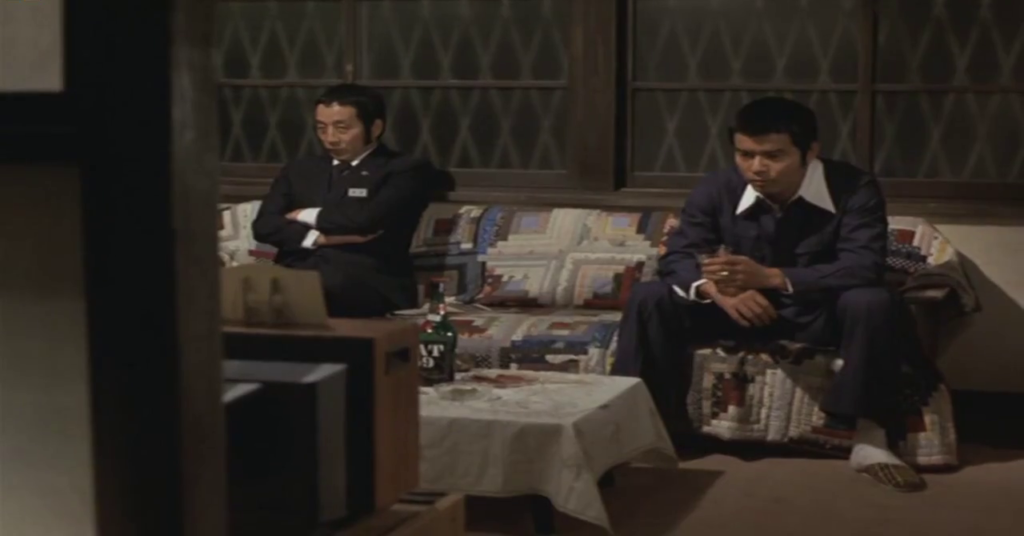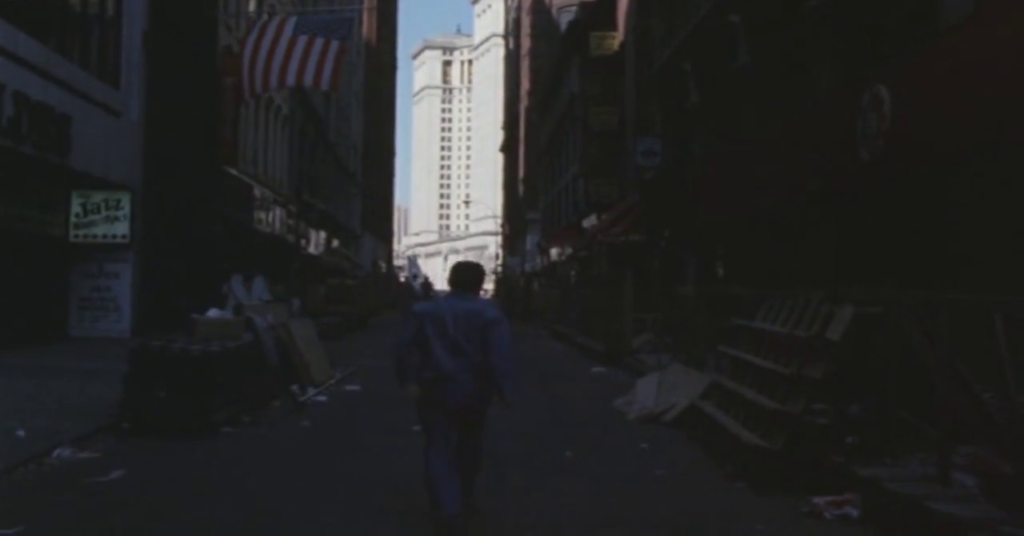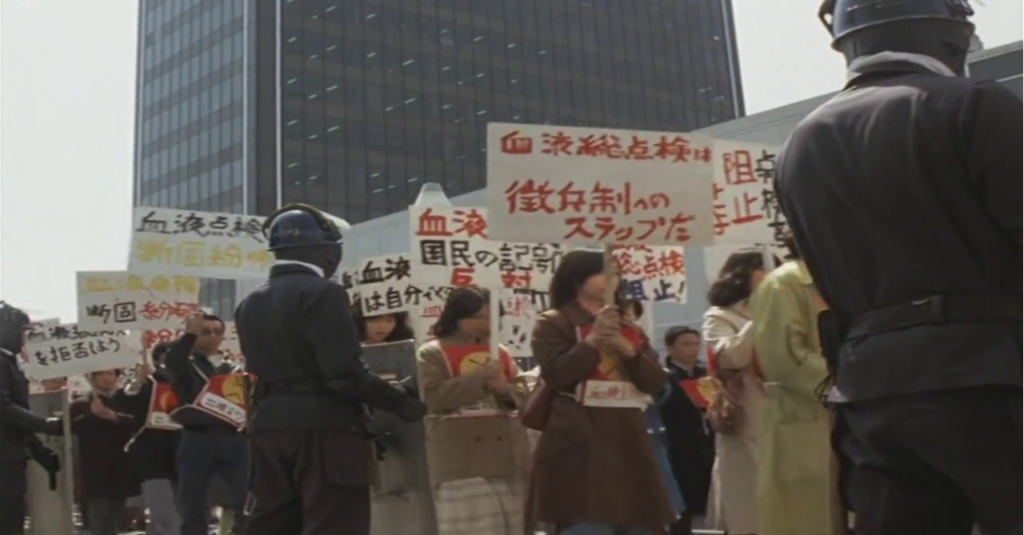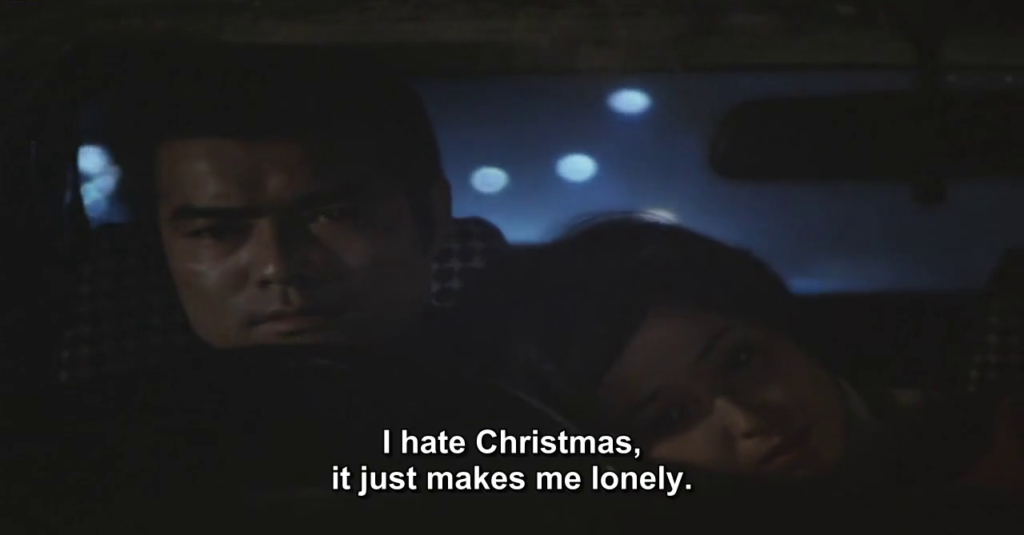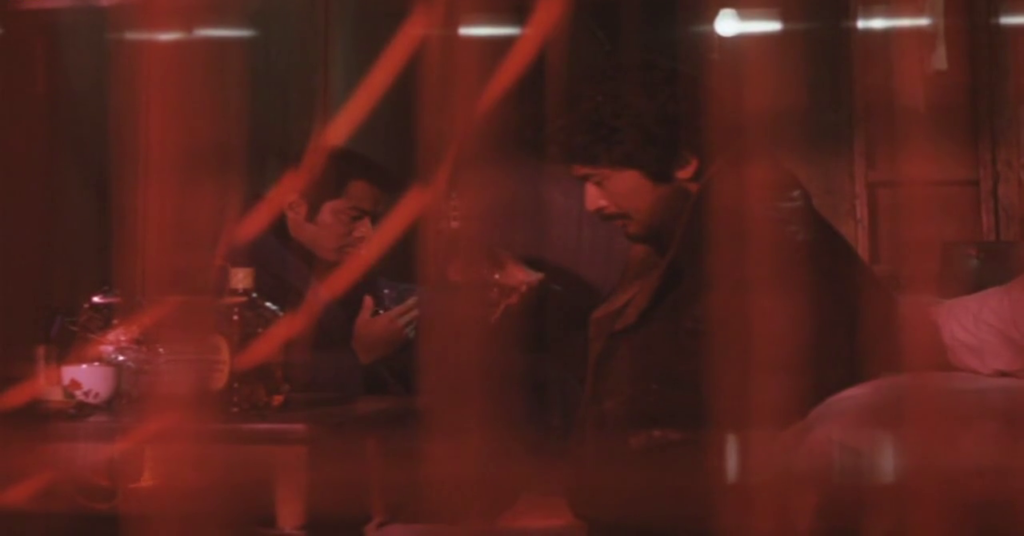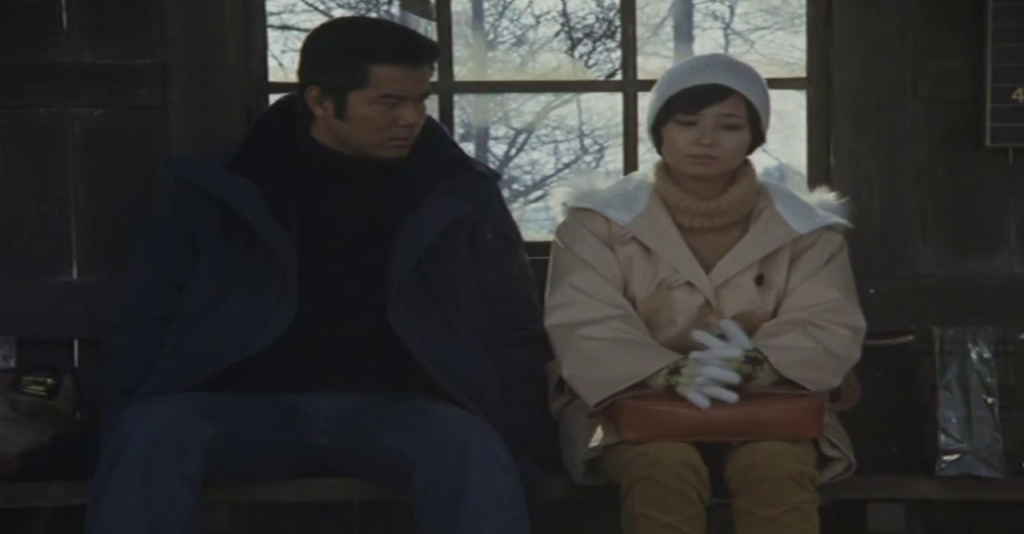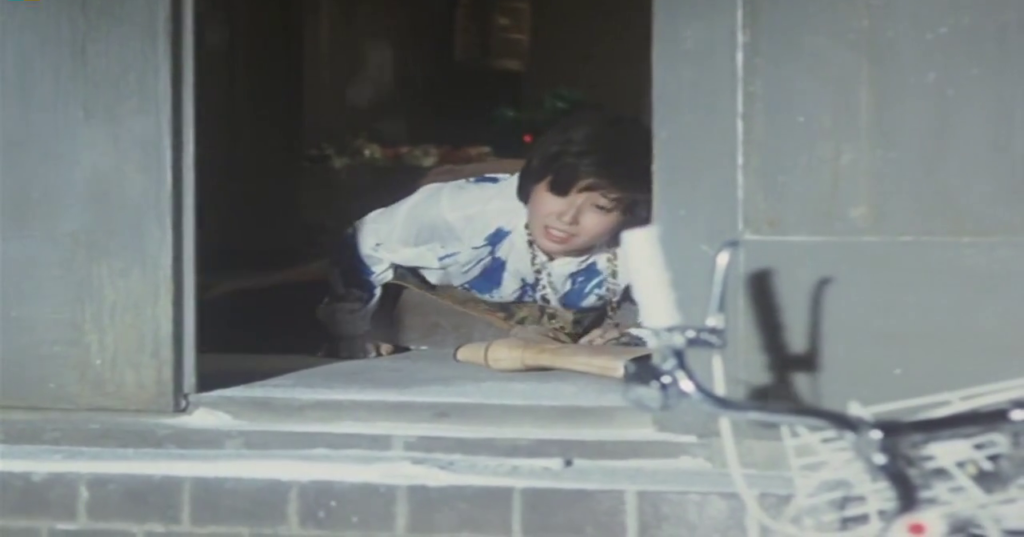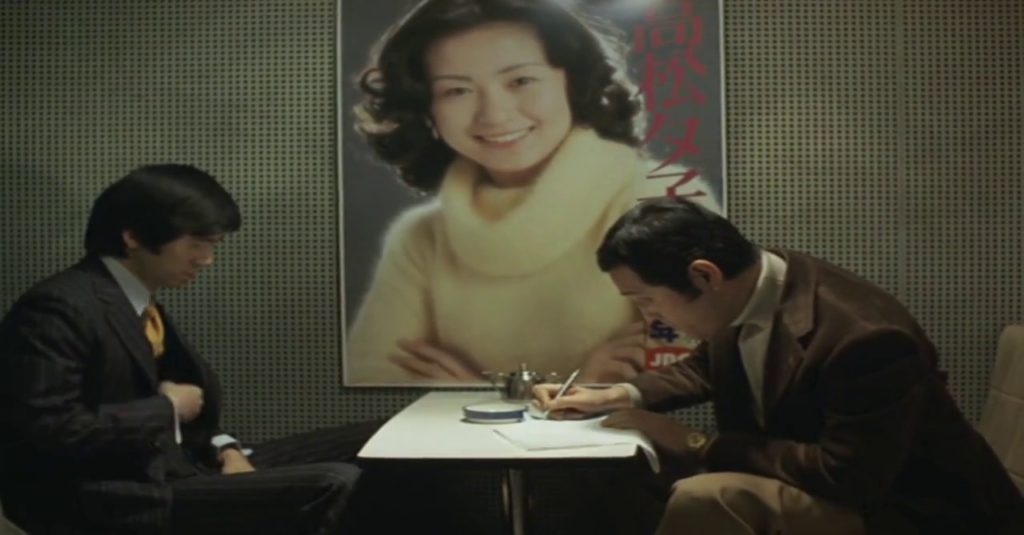-
#413 – Sammy’s Super T-Shirt (1978)
Sammy’s Super T-Shirt (1978)
Film review #413
Director: Jeffrey Summers
SYNOPSIS: Young Sammy Smith is training hard to enter a local race. After he enters, a pair of bullies throw his lucky shirt up into the window of a factory. Sammy and his friend Marv sneak in to get it back, unsuspecting that the factory is a top secret laboratory, where Sammy’s shirt has been subjected to an experiment that has made it indestructible, and gives Sammy extraordinary strength when he wears it. The owner of the laboratory and his scientist find that Sammy has the shirt, and give chase before he can reveal the shirt’s secret…
THOUGHTS/ANALYSIS: Sammy’s Super T-Shirt is a 1978 British children’s film. At the start, we see twelve year old Sammy Smith exercising in his room trying to get stronger so he can compete in the local race. He goes to sign up for the race with his friend (and self-proclaimed manager) Marv, where the two are accosted by two bullies, who steal Sammy’s lucky T-shirt and throw it through an open window. It just so happens that the building the shirt lands in is a top secret laboratory where experiments on making an indestructible material are being carried out, and it also happens that Sammy’s shirt is used for the experiment that is successful. The lab’s owner, Mr. Becket and the scientist, Mr. Trotter, want to keep it a secret and exploit their discovery, but after Sammy and Marv sneak in to get the T-shirt back, they must find a way to get it back before the young boy ruins their discovery. The plot of the film is a very simple one, which mainly involves Sammy and Marv being chased by the two adults, and the various tricks they use. Not too much to say about it, but it’s easy enough to follow, and provides a few humourous moments through it’s slapstick comedy. Being only just under an hour long, everything is neatly wrapped up and there’s no real lull in activity, so it will keep it’s younger target audience entertained.
There’s something very nostalgic about this film: all of the locations are straight from their time. There’s no fancy sets or designs, just real locations that are a snapshot of the time. I imagine this would have been great for a young kid of the time, as these locations would have been just like the working-class streets they were growing up and played in, meaning their imaginations could run wild with the idea of running through their neighbourhoods with super powers. The child actors are also fairly good, and it would be easy to identify with young Sammy. His friend Marv being black and having a prominent role is something less than ordinary, as you certainly didn’t see many young black actors in these types of films, much less as just as much of an ordinary kid as the white lead. They do remark once how unusual their being seen together is (”one black and one white”), but other than that it just feels like two kids being kids without stereotypes, which is pretty cool.
While kids of the time of it’s release would have probably enjoyed the down-to-earth nature of the film, it is definitely dated today, and kids that may watch it now certainly wouldn’t get the same mileage out of it’s setting. Setups such as Sammy taking the clothing to the launderette to be washed just wouldn’t resonate, alongside the housing and manners of speech just wouldn’t reflect what we would recognise as “ordinary” today. Nevertheless, Sammy’s Super T-Shirt is a bit of short, harmless fun without too much merit. It feels like a time capsule of decades gone by, and if you grew up around this time, you would certainly get a wave of nostalgia through the locations and language used by the ordinary, working-class cast of the late seventies. Kids today won’t get anything out of it, but an interesting snapshot of times gone by.
-
#278 – Blue Christmas (1978)
Blue Christmas (1978)
Film review #278
Director: Kihachi Okamoto
SYNOPSIS: Dr. Hyodo addresses a science conference saying that aliens are visiting Earth, which causes an uproar. Shortly after, Hyodo disappears, and reporter Minami is put in charge of investigating what has happened to him. Meanwhile, people across the globe who have seen aliens seem to have their blood colour change from red to blue. This leads to a distinction between those with red and blue blood, and the world governments doing whatever they can to suppress and get rid of those with the blue blood.
THOUGHTS/ANALYSIS: Blue Christmas (Also known as Blood Type: Blue or The Blue Stigma) is a 1978 Japanese science-fiction film. The film’s story essentially centres around the premise that people across the globe are seeing alien ships, and when they do, their blood inexplicably turns blue. As this phenomenon is happening across the world, the film features a large cast who are all responding to the crisis differently, although the film is primarily split into two halves, each focusing on a specific character. The first half mostly centres on Minami, a reporter who is given the task of investigating the disappearance of Dr. Hyodo, who had warned about the appearance of the aliens, only to be met with scorn from the scientific community. As Minami continues his investigation, he starts to uncover a link between the blue blood phenomena and Hyodo’s disappearance, as various powers are trying to supress the existence of such blue-blooded people as much as possible. The film’s plot is very dialogue-heavy, and there is a lot of switching between characters to give the impression of the scale of what is happening. It builds complexity and intrigue, which keeps the viewer engaged, but it doesn’t necessarily go anywhere: but that’s not really a bad thing, and in truth, that’s the point the film is trying to make…
As the film progresses, the governments of the world introduce increasingly robust measures against those who possess blue blood; covertly killing them off, and when their existence cannot be denied anymore, start to issue propaganda citing that there is no way of knowing what danger they may pose i the future, allowing them to present policies such as shipping them off to camps to the public with approval. As you may be able to work out, this film is a big metaphor for fascism, and the attempted removal of those who are different or impure so they do not “contaminate” everyone else. There is at one point a TV documentary about Hitler and WWII shown in a scene just in case the similarities weren’t apparent enough. It’s not a complex analogy of fascism that explores its roots, effects and any other issues, and for that I think it makes a surprisingly decent portrayal of it. By this, I mean the simple fact that the only distinction between the two people is the colour of their blood: nothing else…there is simply no threat or danger that can be discerned from this (in fact, those who have blue blood seem to have a much more calm disposition, and their anger and hatred have vanished since their alien encounter), and the fact that there is no rational foundation or basis for discrimination or fear is precisely a definition of fascism: that it creates an “other” that is deemed dangerous and a perceived threat so that people will gladfully accept any measure to get rid of them.
The first half of the film, told primarily through Miname’s investigation, looks at how fascism emerges from the separation of red and blue bloods, and how people respond to it. The second half of the film deals more with a human story of two people caught in the middle. Military soldier Oki starts a romantic relationship with Saeko Nishida, a hairdresser, only for Oki to find out that she has blue blood. He continues seeing her, but the government is fabricating an attempt by blue bloods to overthrow the government, which they will use to justify enforcing tougher measures against them. Oki is assigned to kill Saeko, which he does out of mercy for her, before turning his gun on the other soldiers, so they kill him. I don’t think there’s too much that stands out in this love story between two sides of a divide; it plays out as you would expect, and offers no real surprises. It’s done decently, but nothing remarkable. Another interesting fact is that we never actually see any of these aliens; only in one scene do we see still shots of vague alien ships. This again reinforces the heart of the film that it is not an outside force which divides people, but their own fears about wht is different. Overall, Blue Christmas is a decent film, which delves into the power of fascism with an understanding of its complexity and operations. The film is shot with skill, and the variety of locations gives the impression of a global problem which affects everyone. The story is not overly remarkable, and there’s nothing too memorable about it, but it is an interesting dive into the human condition and what causes rifts in society, and it is explored with a great amount of thought and care, which makes it an interesting watch, although there are plenty of films which explore this subject matter (especially in science-fiction) in a more structured way.
